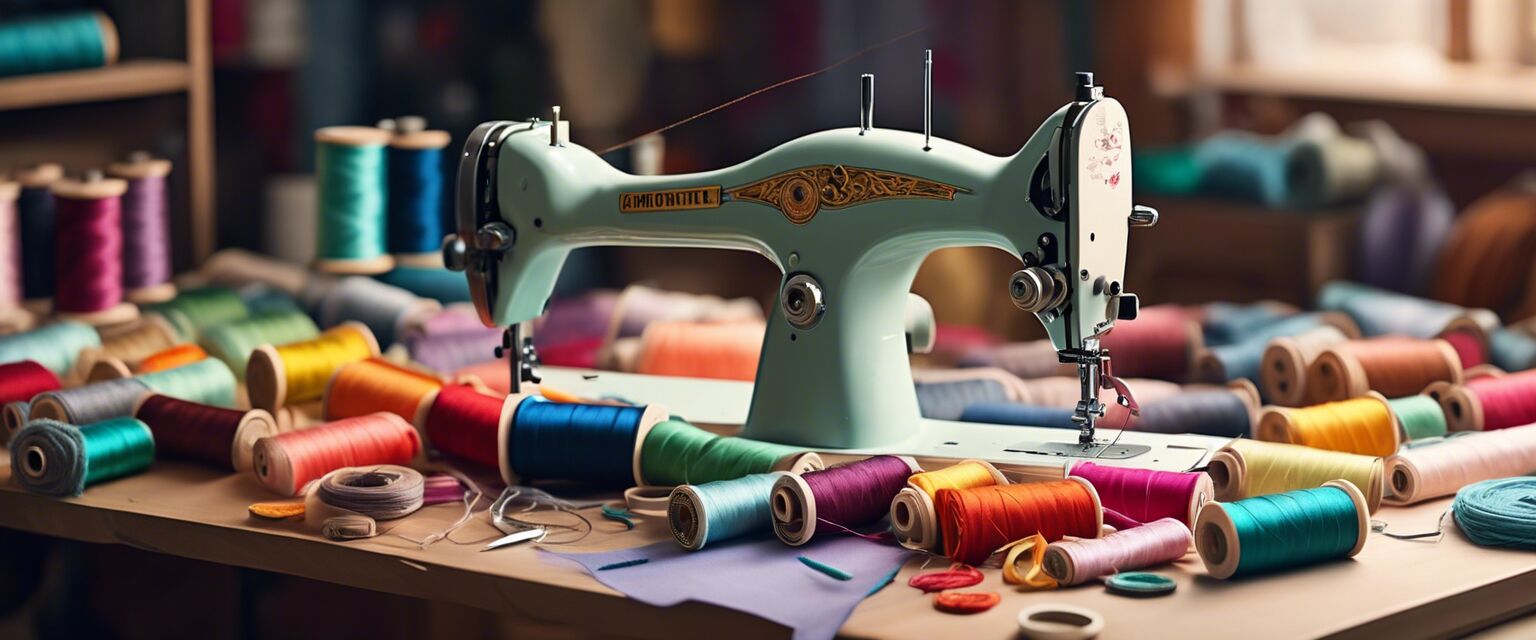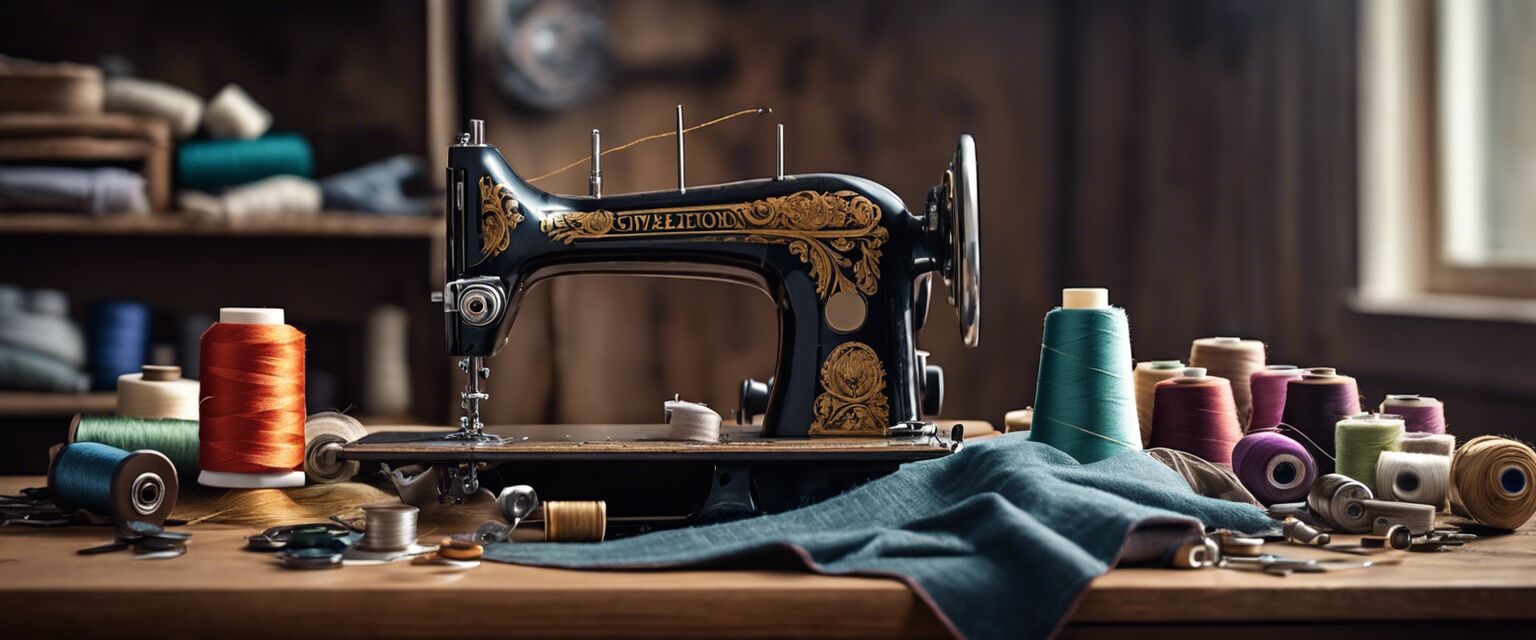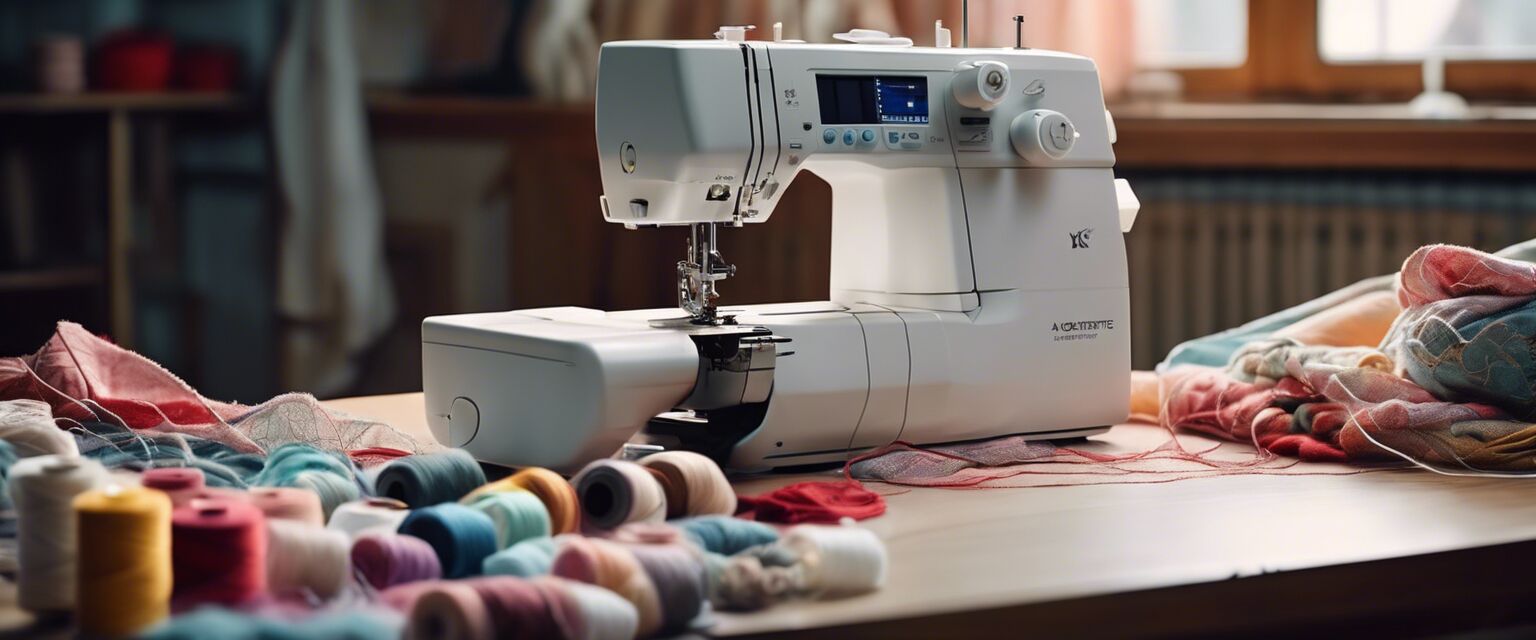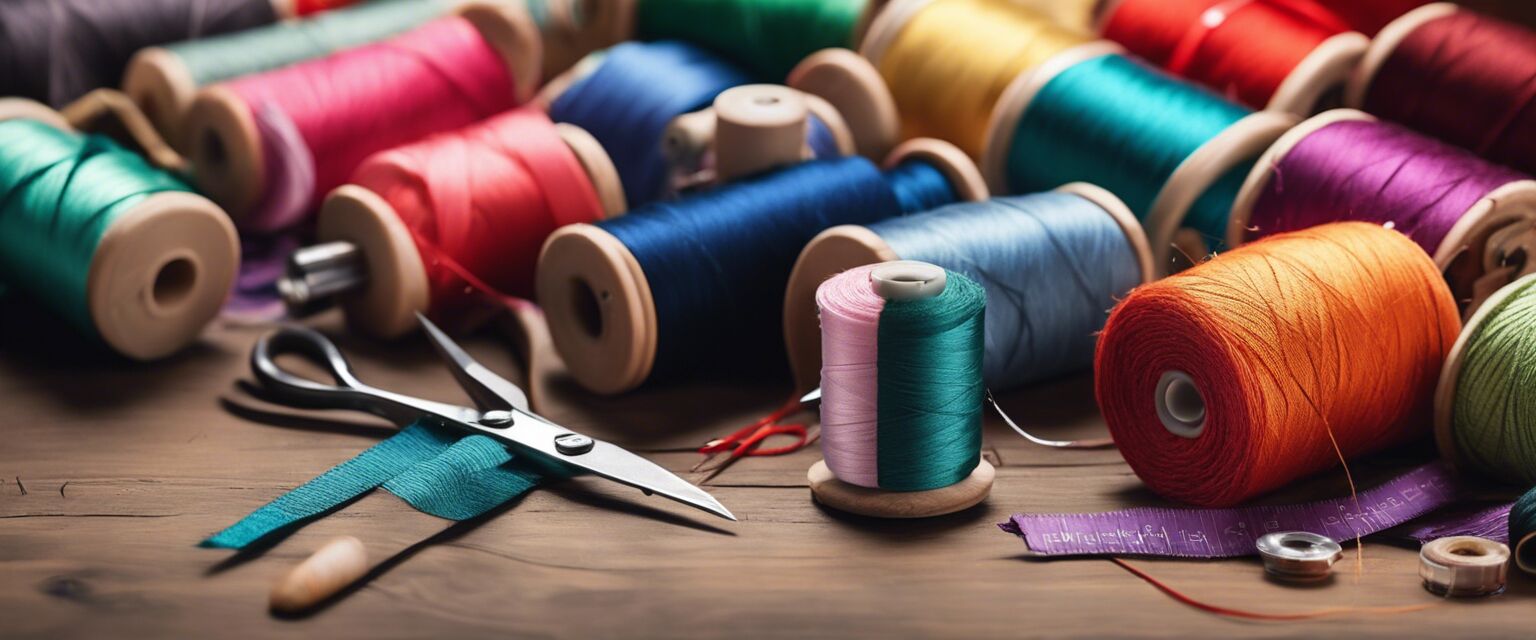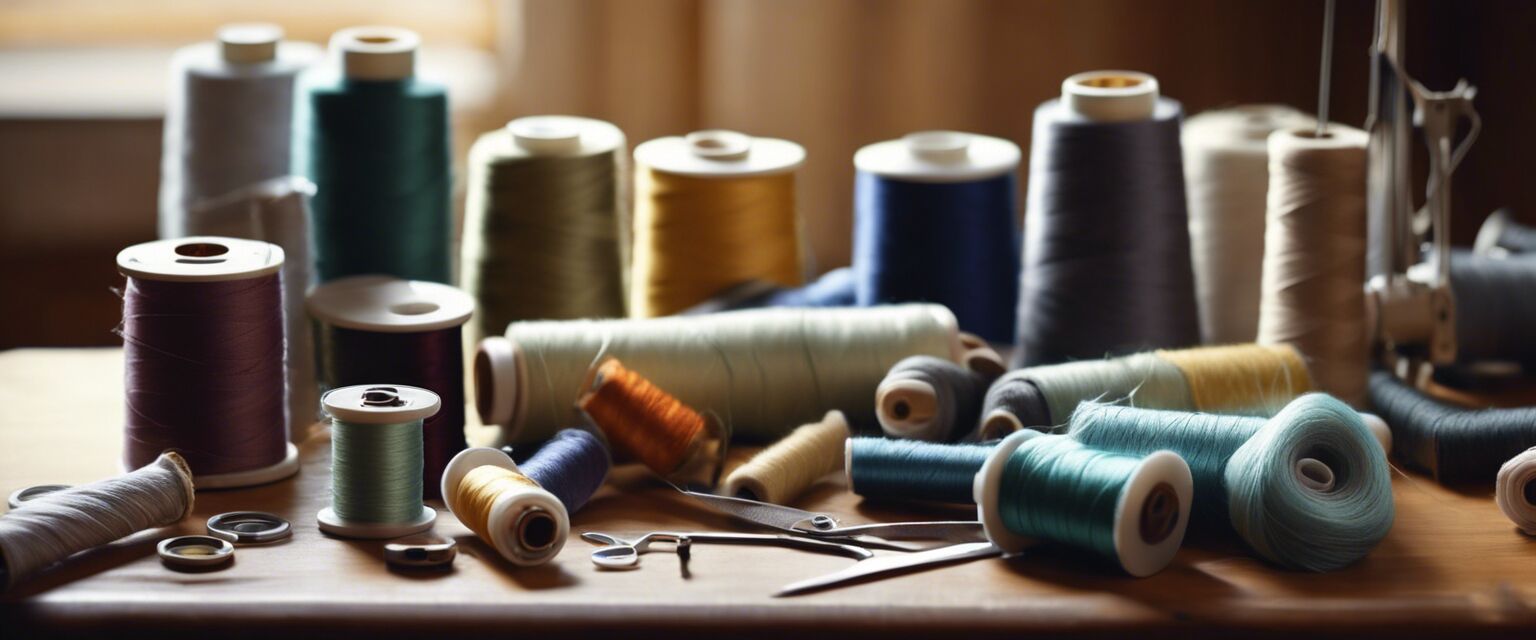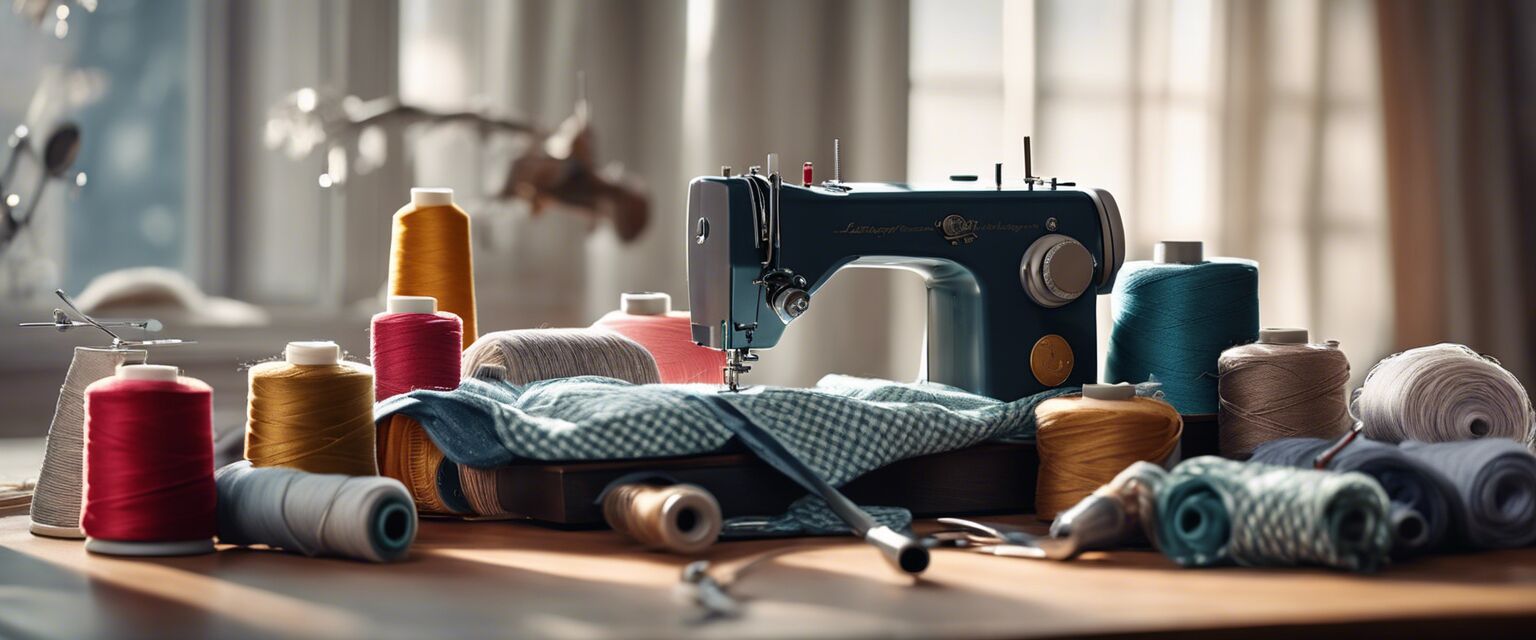
Advanced Sewing Techniques
Key Takeaways
- Advanced sewing techniques can enhance your sewing skills significantly.
- Experimenting with different fabrics and tools is essential for mastering advanced techniques.
- Understanding the anatomy of a garment can lead to better fitting and finishing.
- Stitch types and tension settings play a critical role in achieving professional results.
Welcome to your in-depth guide on advanced sewing techniques! This article is crafted for those looking to elevate their sewing skills and explore various techniques to create stunning projects. With a range of tips, process insights, and practical step-by-step methods, youâll become more confident in your advanced sewing journey.
Understanding Advanced Sewing Techniques
Advanced sewing techniques encompass a variety of skills that allow sewers to move beyond basic sewing methods. These techniques include precision fitting, tailored garment construction, and decorative stitching. Exploring these methods can greatly improve the quality of your sewing projects.
Common Advanced Techniques
Here are a few common advanced techniques to enhance your expertise:
- Flat-felled seams
- French seams
- Bias binding
- Gathering techniques
- Blind stitching
Flat-Felled Seams
Flat-felled seams provide a clean finish to seams while also adding durability. These seams are commonly used in shirts and jeans. Hereâs how to create them:
- Start by sewing two pieces of fabric together with a 5/8-inch seam allowance.
- Trim one seam allowance to about 1/4 inch.
- Press the remaining seam allowance over the trimmed edge, and then fold it under.
- Topstitch along the folded seam allowance for a finished look.
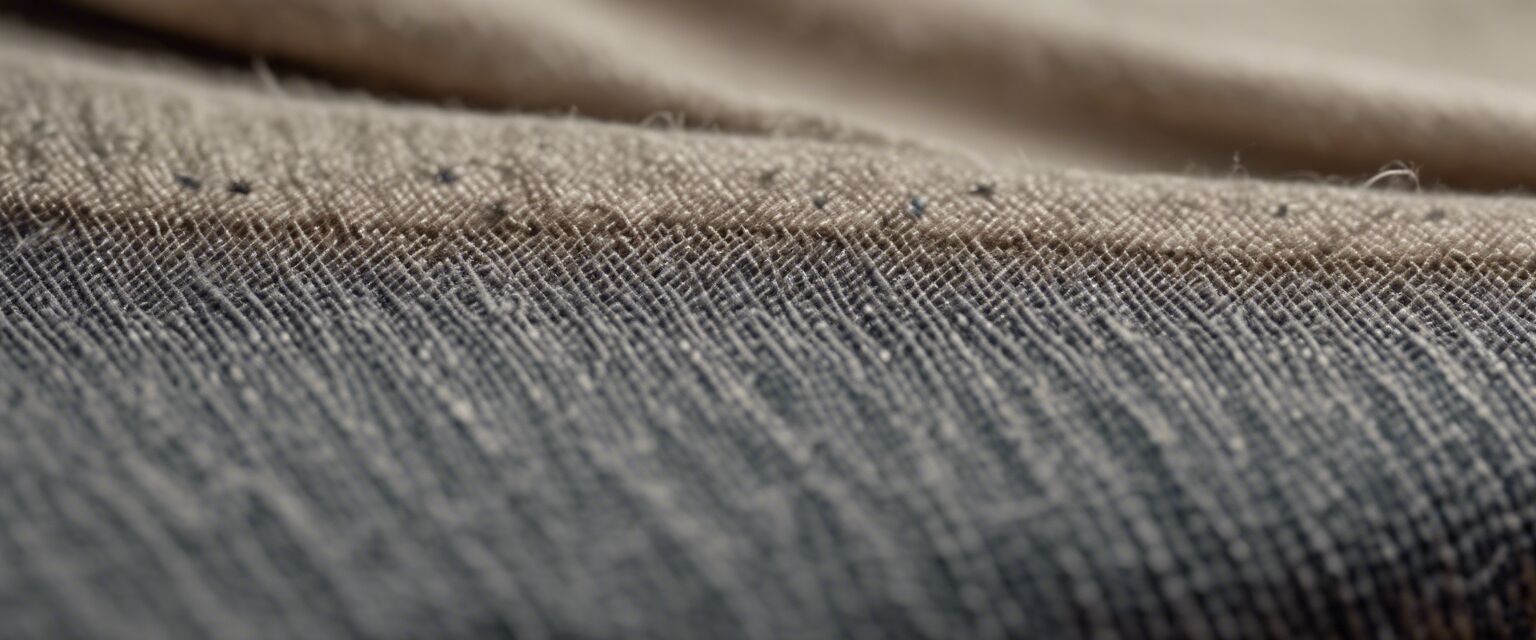
French Seams
French seams are ideal for delicate fabrics. They encase raw edges, preventing fraying. To sew French seams:
- Start with the fabric pieces facing each other and sew a 1/4-inch seam allowance.
- Trim the seam allowance down to about 1/8 inch.
- Turn the fabric right side out and press the seam to one side.
- Sew another seam, enclosing the first seam, but this time with a 1/4-inch allowance.
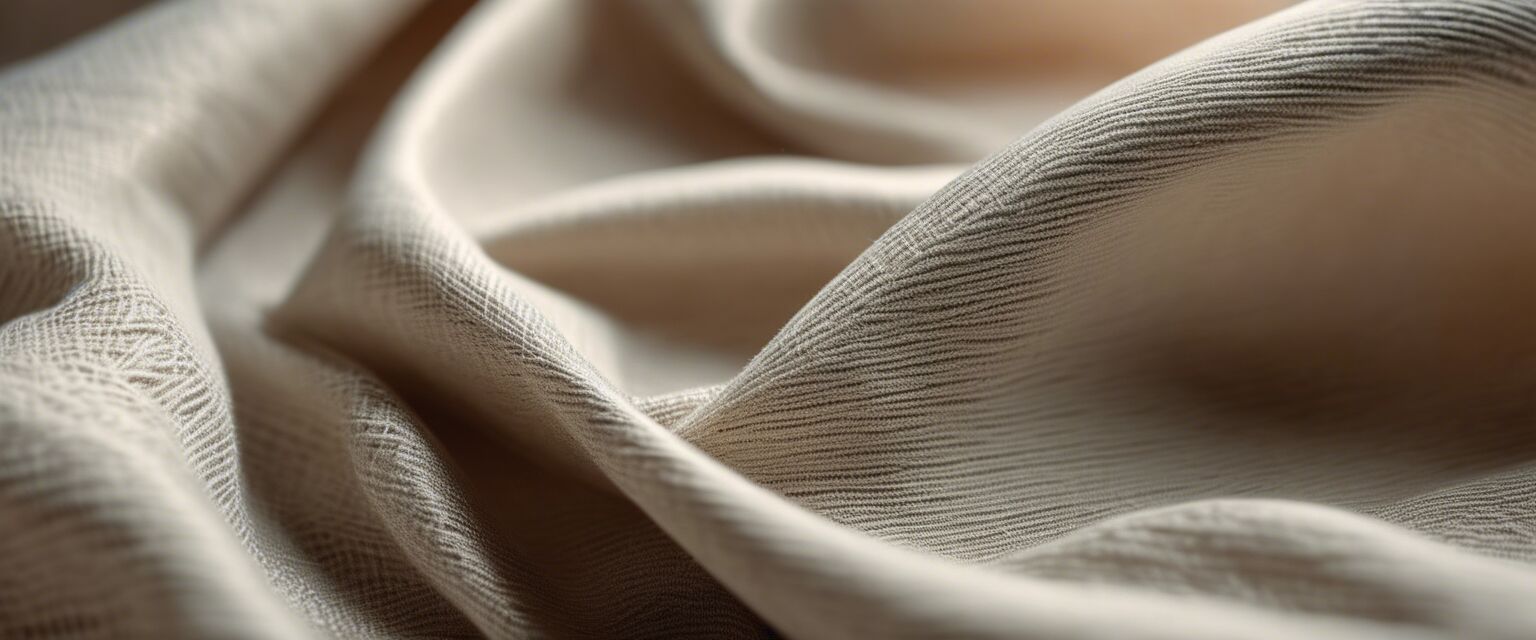
Tools for Advanced Techniques
Using the right tools can make a significant difference in the execution of advanced sewing techniques. Hereâs a list of essential tools:
| Tool | Purpose |
|---|---|
| Seam Ripper | Correcting mistakes and unpicking seams. |
| Tailorâs Chalk | Marking fabric without leaving permanent marks. |
| Pressing Ham | Helping to press curved seams and areas. |
| Point Turner | Creating sharp corners in fabric. |
Tips for Mastering Advanced Techniques
Beginner Section
Here are some tips to help you master advanced sewing techniques:
- Practicing on scrap fabric before working with final pieces.
- Pay attention to thread tension settings on your sewing machine.
- Take your time; accuracy is more important than speed.
- Visit sewing workshops for hands-on guidance.
Understanding Stitch Types
Your sewing machineâs various stitch types can be utilized for many advanced techniques. Familiarize yourself with the following:
| Stitch Type | Usage |
|---|---|
| Straight Stitch | Basic seams and basting. |
| Zigzag Stitch | Finishing edges and topstitching. |
| Overlock Stitch | Professional-looking garment edges. |
| Decorative Stitching | Adding style and flair to projects. |
Challenges with Advanced Sewing Techniques
While mastering advanced sewing techniques can be rewarding, there are challenges to consider. Here are common issues you may encounter:
Pros
- Higher quality and durability in sewing projects.
- Enhanced creative expression through intricate designs.
- Ability to repair and alter garments more effectively.
Cons
- Requires more time and patience than basic techniques.
- Learning curve for some advanced methods.
- Investment in tools and materials may be higher.
Conclusion
Embarking on advanced sewing techniques can significantly enhance your crafting skills and finished projects. As you explore different methods and tools, remember that practice is essential. Consider experimenting with various fabrics to hone your skills. With dedication and the right techniques, you can produce professional-quality results that showcase your sewing abilities.
Explore Other Sewing Topics
Interested in other aspects of sewing? Check out our related articles:
- Sewing machines: Finding the perfect fit for your needs
- Sewing patterns: How to choose and adapt for your projects
- Essential sewing accessories every advanced sewer should have
- Quilting machines: Elevate your quilting crafting experience
- Embroidery machines: Adding decorative techniques to your sewing

